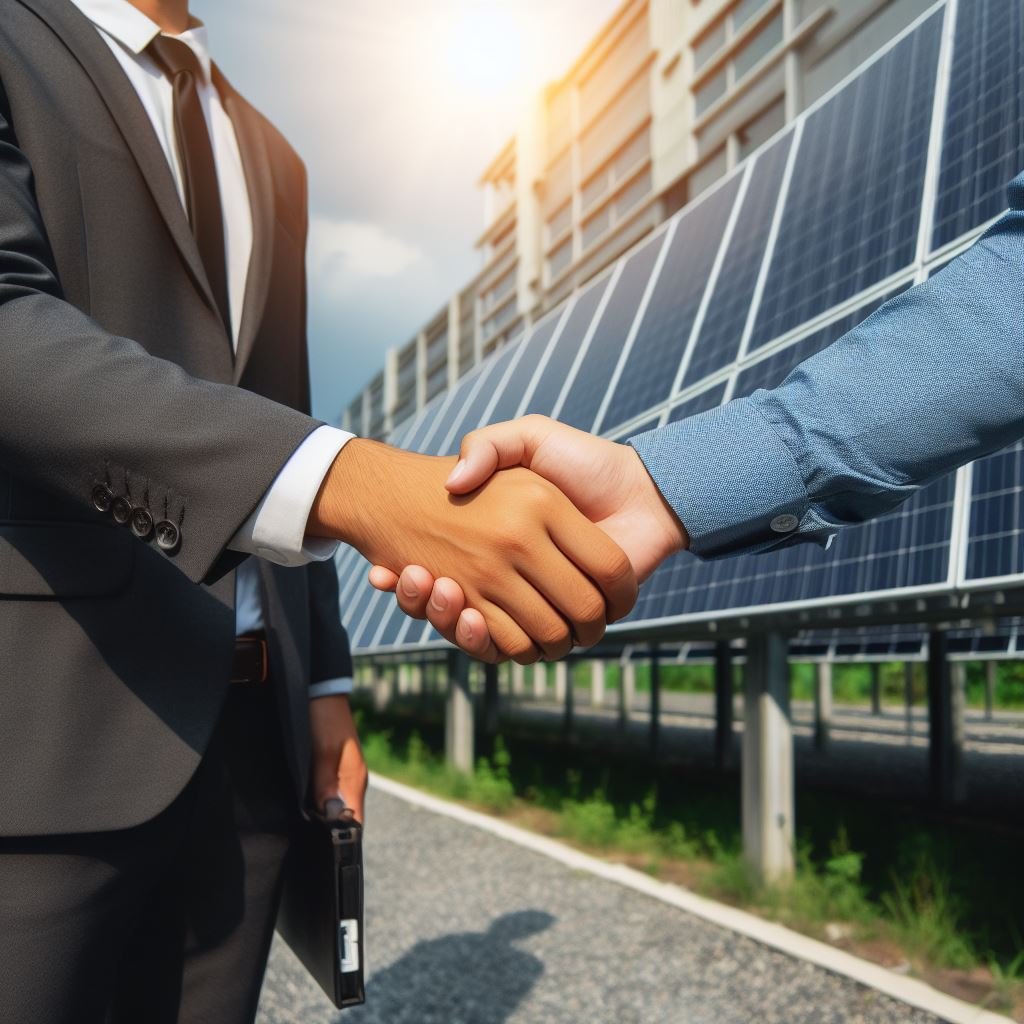I. Introduction
In today’s global economy, the concept of sustainability has transcended mere buzzword status to become a crucial operational strategy for businesses. At the forefront of this shift is the adoption of practices such as the Commercial Energy Audit. This systematic process not only enhances energy efficiency but also integrates sustainable business practices into the corporate ethos, thereby fostering long-term economic and environmental benefits.
Energy efficiency is no longer an optional luxury but a fundamental aspect of successful business operations. It directly influences operational costs, global competitiveness, and corporate reputation. Moreover, in the context of increasing regulatory pressures and consumer demand for green products, it is clear why energy efficiency has become a strategic imperative. The relevance of commercial energy audits today cannot be overstated, given their role in helping businesses navigate the complexities of energy management while aligning with broader Corporate Sustainability Strategies.
II. Understanding Commercial Energy Audit

What exactly is a Commercial Energy Audit? It is a comprehensive assessment aimed at understanding how a business consumes energy. The audit identifies inefficiencies and areas for improvement, providing a detailed roadmap for energy management tailored to the specific needs of the business.
The process typically involves several key steps:
- Preliminary Energy Use Analysis: This involves collecting and analyzing past energy bills to understand baseline energy consumption patterns.
- Site Survey: A physical inspection of the facilities to observe energy consumption practices and to identify any immediate areas for improvement.
- Data Collection and Monitoring: Usage data from HVAC systems, lighting, insulation, and other energy-consuming processes is collected through tools like commercial energy auditing software.
- Analysis and Report Generation: The data collected is analyzed to pinpoint inefficiencies and propose corrective actions. The final deliverable is an energy audit report that outlines findings, recommendations, and potential savings.
For those interested in the specifics of the tools used, resources like the Department of Energy’s guidelines on energy audits can provide deeper insights.
III. Types of Commercial Energy Audits
The scope and depth of an energy audit can vary based on the business’s specific needs, size, and sector. The main types include:
- Walk-through Audits: These are quick assessments, usually limited to a visual inspection of the premises and a review of past energy bills. While not deeply technical, they are useful for identifying obvious inefficiencies and low-hanging fruits.
- Detailed Energy Audits: These provide a more comprehensive analysis. They involve detailed measurements and calculations to quantify energy usages and efficiencies. This type is more technical and requires sophisticated equipment and expertise.
- Investment-Grade Audits: Used primarily when significant capital investment decisions in energy efficiency are considered. These audits are extremely detailed and are designed to provide the data necessary for financial decision-making and to secure financing.
IV. Benefits of a Commercial Energy Audit
The benefits of conducting a business energy audit are manifold:
- Cost Efficiency: Primarily, audits lead to direct cost savings by identifying ways to reduce energy consumption and thus lower energy bills.
- Environmental Impact: By reducing energy use, businesses lower their greenhouse gas emissions, contributing to global efforts against climate change.
- Enhanced Sustainability: Audits are a critical part of sustainable business practices, helping businesses make informed decisions that align with environmental goals.
- Compliance and Reputation: Many regions have stringent energy regulations. Compliance not only avoids penalties but can enhance the business’s market reputation, appealing to eco-conscious consumers.
V. The Role of Commercial Energy Audits in Sustainability
Integrating energy audits into Corporate Sustainability Strategies provides a systematic approach to reducing environmental impact while improving efficiency and profitability. These audits offer detailed insights that can drive significant strategic shifts, from upgrading systems to adopting completely new technologies like renewable energy sources.
The positive ripple effects of regular energy audits include stronger compliance with international environmental standards, improved stakeholder confidence, and enhanced corporate image. Businesses seen as responsible environmental stewards are often preferred by customers, investors, and partners.
VI. How to Prepare for a Commercial Energy Audit

Effective preparation can significantly enhance the value derived from an energy audit:
- Documentation Gathering: Compile all relevant documentation, including utility bills, equipment inventories, and operational data. This preparation helps in accurate baseline setting.
- Engaging Stakeholders: Ensure that facility managers, financial officers, and other key personnel are involved in the process. Their insights will facilitate a more comprehensive audit.
- Follow-up Strategy: Post-audit, prioritize the implementation of recommendations based on their impact and feasibility. Regular reviews should be scheduled to assess progress and recalibrate plans as necessary.
VII. Conclusion
A Commercial Energy Audit represents a strategic investment in the future of any business aiming for long-term sustainability. The process not only uncovers critical insights into energy consumption but also aligns business operations with global sustainability goals.
In an increasingly eco-conscious market, the decision to conduct an energy audit could be pivotal. It is an affirmation of a business’s commitment to operational excellence and environmental responsibility.
Call to Action: If you’re ready to take a significant step towards sustainability and operational efficiency, consider integrating a commercial energy audit into your business strategy. Start by consulting with energy professionals and exploring platforms like the Energy Star Guidelines for Energy Management which can provide further direction and resources.
VertPro.com serves as a resourceful platform for property owners and managers seeking to enhance their buildings’ energy efficiency. The site offers a range of services, including Commercial Energy Audits, Benchmark Compliance consultancy, and a Construction Marketplace. At the heart of VertPro® is a suite of SaaS technology-based solutions designed to assist in navigating the complexities of Energy Benchmarking and Energy Audits/RCx Plus, while ensuring adherence to over 60 Energy Benchmarking and Energy Efficiency Laws across the country.
For those looking to improve their property’s energy usage and operational value, VertPro.com provides a diverse array of tools and information. The site aims to facilitate a better understanding of energy efficiency practices and legislation, helping building owners and property managers make informed decisions about their energy strategies while complying with all energy ordinances and laws.















